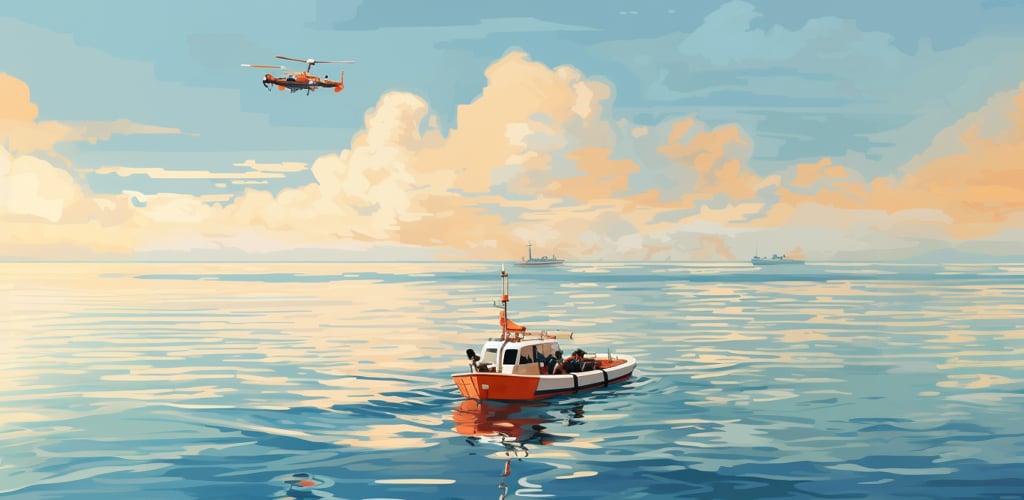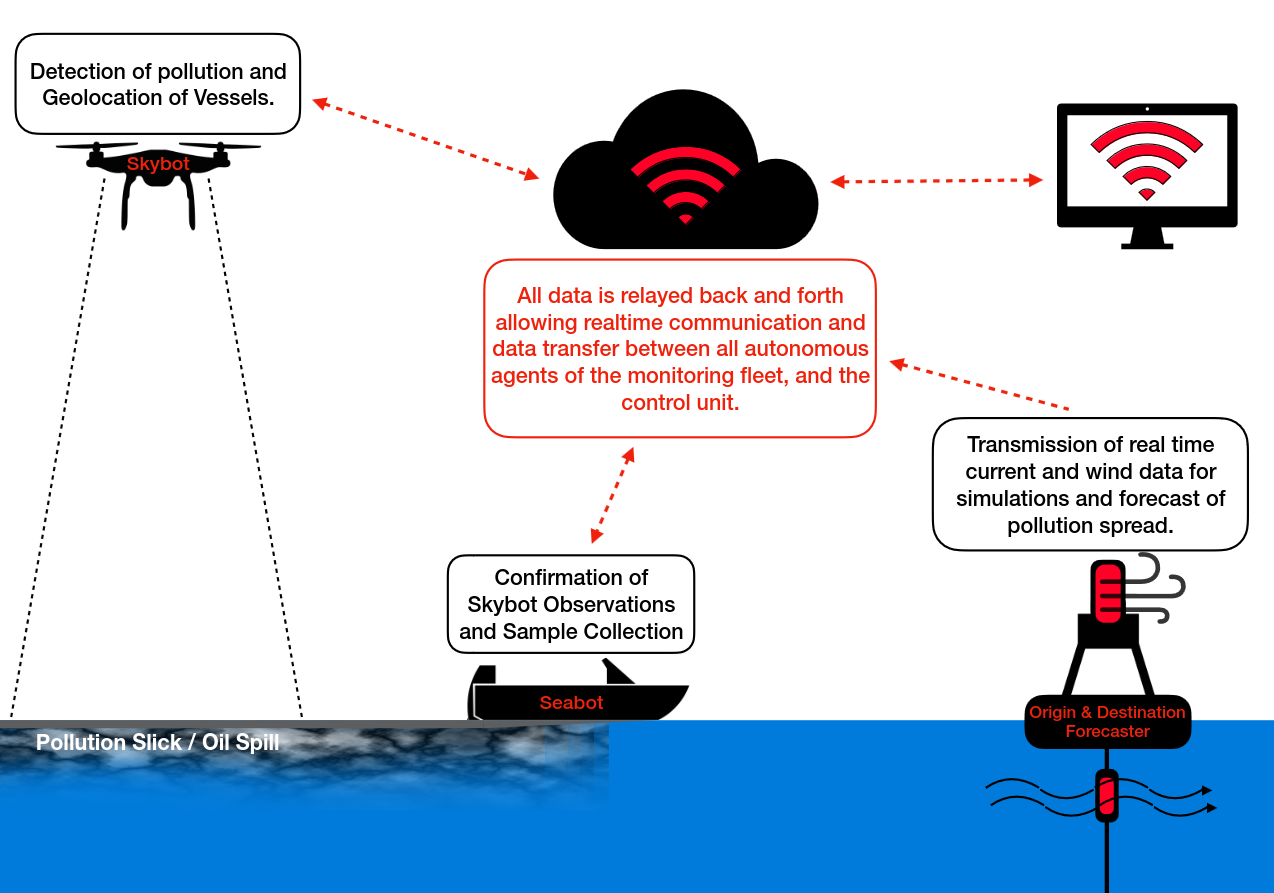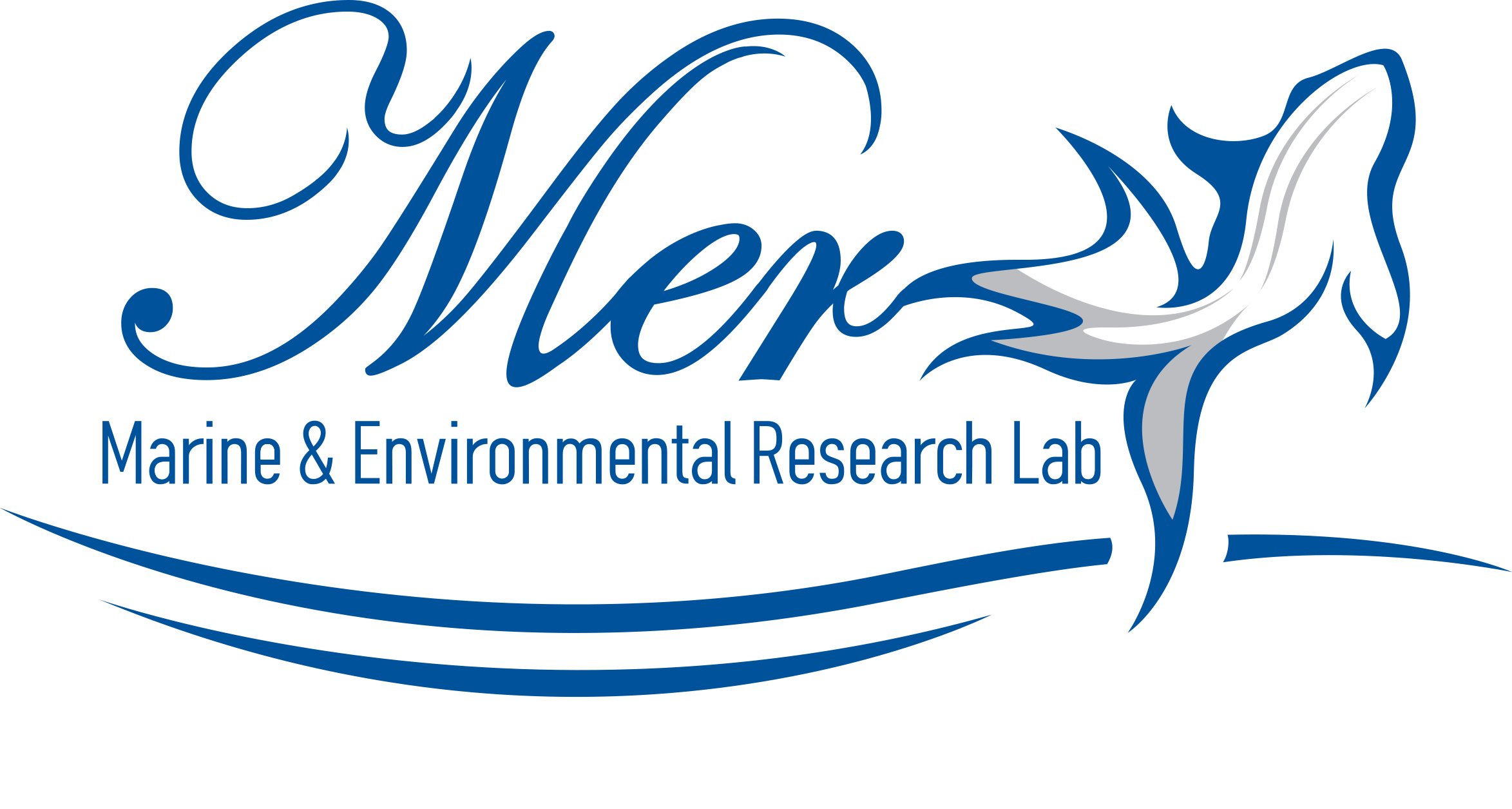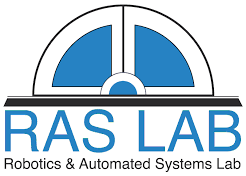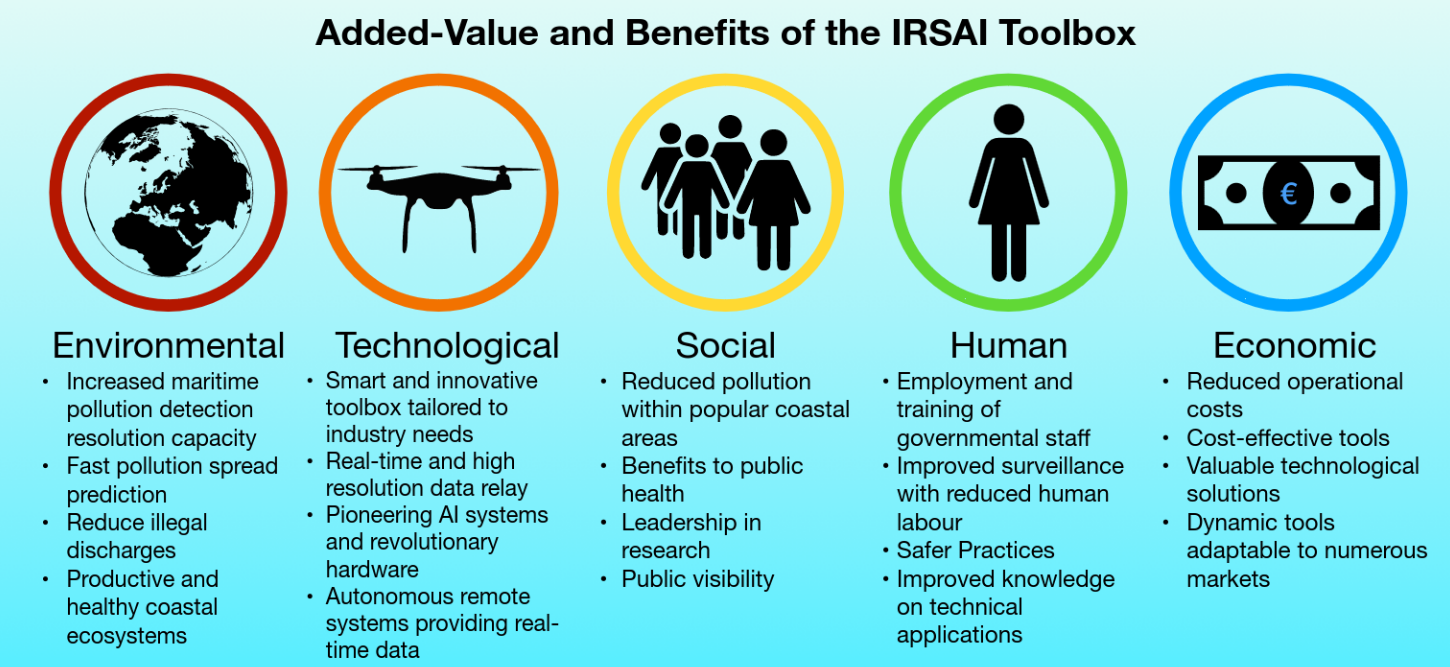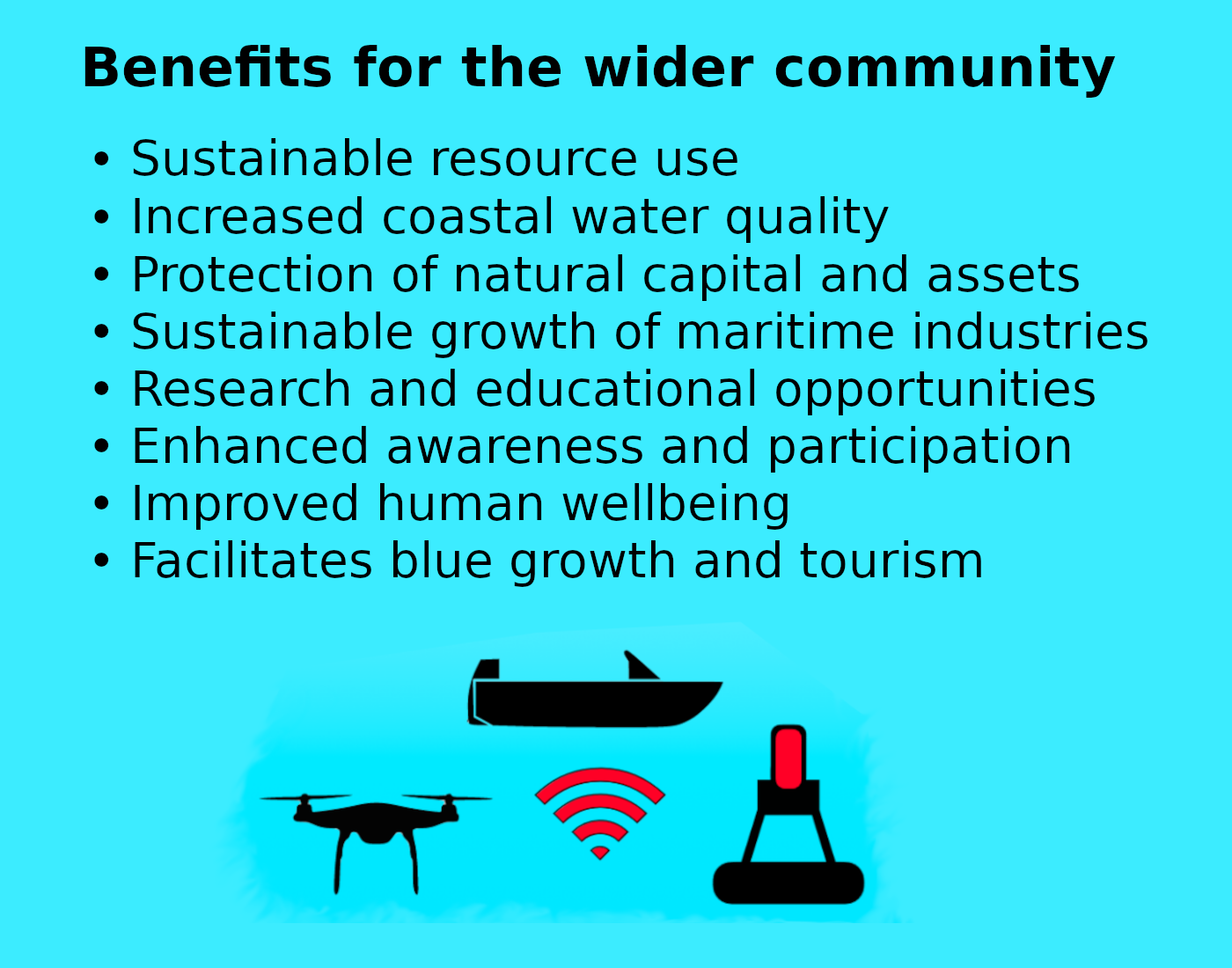Value and Benefits
Limassol has seen rapid maritime development,
resulting in environmental costs, including an increase in anthropogenic oil spillages in
the coastal waters of Limassol Bay. Recent risk assessments have identified oil as the
dominant polluting factor, with oil product leakage and oil waste discharges being the main
risks. Various activities, such as transport, cargo operations, and illegal discharges,
contribute to oil spillage. This poses a significant threat to sensitive socio-economic and
environmentally important resources in the area, including power stations, marine protected
areas, bathing beaches, ports, marinas, and marine aquaculture facilities.
The economic and social activities associated with these waters are compromised due to
oil pollution, affecting industries, fishing, and aquaculture. The contamination of fish and
shellfish by oil and polycyclic aromatic hydrocarbons poses a potential risk to both marine
organisms and human consumers. Given the importance of tourism in Cyprus, maintaining clean
and healthy recreational beaches is crucial, especially during the summer months when
maritime traffic and pollution incidents are more frequent.



